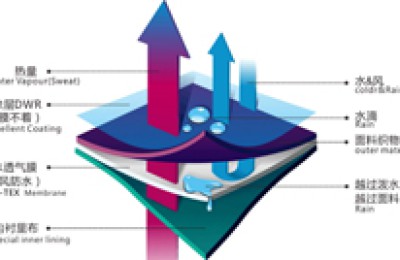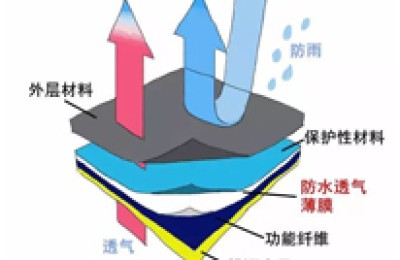Country Trade Risk Index (ERI): 99.53
Country risk reference rating: level 7 (7/9)
Country Risk Outlook: Positive
Economic and trade risks
In 2012, Pakistan’s nominal GDP was US$224.88 billion, per capita GDP was US$1,250, real economic growth rate was 4.0%, inflation rate was 9.7%, and foreign trade was US$64.78 billion. The country’s industrial structure is agriculture (24.4%), industry (22.0%), and service industry (53.6%). Major industrial sectors include cotton textile industry, oil and gas chemical industry, pharmaceuticals, communications and building materials.
Pakistan’s economy continues to grow at a low speed and faces many severe challenges: high inflation, high fiscal deficit, huge public debt, serious lack of investment, severe energy crisis, and continued decline in foreign investment.
Since 2013, Pakistan’s economy has continued to weaken, agricultural production has declined, textile industry production has also experienced problems, and real economic activities have stagnated, especially in terms of private investment expenditures. The country’s central bank predicts Pakistan’s economic growth rate for fiscal year 2013 (July 2013 to June 2014) to be 3.6%, lower than the target of 4.3%.
Business environment
Pakistan attaches great importance to attracting foreign investment. In 2013, the government introduced a new investment policy that focused on reducing the cost of doing business and simplifying procedures. In order to attract foreign investment, the government has also proposed preferential policies to grant tax exemptions to special economic zones for 10 years. Due to the unstable security situation, slow economic development, lack of infrastructure, energy shortages and other problems in Pakistan, the overall business and investment environment in Pakistan is poor. In the Doing Business Index released by the World Bank, Pakistan ranks 107th out of 185 countries. The relatively lagging infrastructure construction is the main bottleneck restricting Pakistan’s economic development. Despite the government’s efforts to improve the situation, funds for infrastructure construction are severely insufficient, and some planned projects are lagging behind. Two consecutive years of floods have also caused huge damage to Pakistan’s infrastructure.
Bilateral trade
Pakistan is an important neighbor and strategic partner of China. China-Pakistan friendship has a broad and deep public opinion foundation. In December 2012, the Central Bank of Pakistan and the People’s Bank of China signed an agreement on a bilateral currency swap arrangement, and the agreement has begun to be implemented. China-Pakistan bilateral trade has grown rapidly. In 2012, the total bilateral trade volume was US$12.42 billion, a year-on-year increase of 17.6%. China-Pakistan cooperation continued to deepen in 2013. In February, Pakistan handed over the operating rights of Gwadar Port to a Chinese company. In May, Premier Li Keqiang visited Pakistan and proposed to strengthen connectivity between the two countries and build the China-Pakistan Economic Corridor, a “four-in-one” channel covered by roads, railways, oil and gas pipelines and optical cables. However, China-Pakistan economic cooperation also faces obstruction and sabotage from domestic terrorist forces and ethnic separatist forces in Pakistan, and there are certain security risks.
Overall risk assessment
Pakistan is a country with high political and security risks. After the new government came to power, its governance capabilities have been strengthened and the political situation is expected to be stable. The domestic security situation remains severe, with frequent terrorist attacks and escalating conflicts between political parties and sects. As the U.S. military gradually withdraws from Afghanistan, Pakistan’s counter-terrorism situation becomes increasingly severe. In order to stabilize the domestic situation, Pakistan strives to improve relations with neighboring countries, and its relations with neighboring countries continue to be stable and good. Since 2008, Pakistan’s economy has maintained a low-speed growth momentum. In addition to facing an unfavorable external development environment, the country also faces many deep-seated structural contradictions. At present, Pakistan’s domestic economic environment is relatively harsh, with high inflation, high fiscal deficit, insufficient investment, limited external financing channels, and prominent energy problems, which have seriously restricted the pace of economic development.




